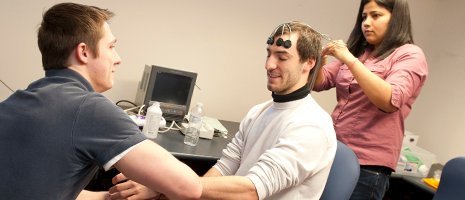Document Type
Article
Publication Date
1-2017
Abstract
Given that the origin of the “robot” comes from efforts to create a worker to help people, there has been relatively little research on making a robot for non-work purposes. However, some researchers have explored robotic arts since Leonardo da Vinci. Many questions can be posed regarding the potentials of robotic arts: (1) Is there anything we can call machine-creativity? (2) Can robots improvise artworks on the fly? and (3) Can art robots pass the Turing test? To ponder these questions and see the current status quo of robotic arts, the present paper surveys the contributions of robotics in diverse forms of arts, including drawing, theater, music, and dance. The present paper describes selective projects in each genre, core procedure, possibilities and limitations within the aesthetic computing framework. Then, the paper discusses implications of these robotic arts in terms of both robot research and art research, followed by conclusions including answers to the questions posed at the outset.
Publication Title
Multimodal Technologies and Interaction
Creative Commons License

This work is licensed under a Creative Commons Attribution 4.0 International License.
Recommended Citation
Jeon, M. ".
(2017).
Robotic arts: Current practices, potentials, and implications.
Multimodal Technologies and Interaction,
1(2), 5.
http://doi.org/10.3390/mti1020005
Retrieved from: https://digitalcommons.mtu.edu/cls-fp/18
Version
Publisher's PDF


Publisher's Statement
© 2017 by the author. Article deposited here in compliance with publisher policies.
Publisher's version of record: http://dx.doi.org/10.3390/mti1020005